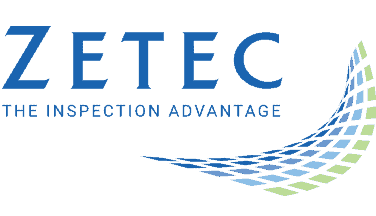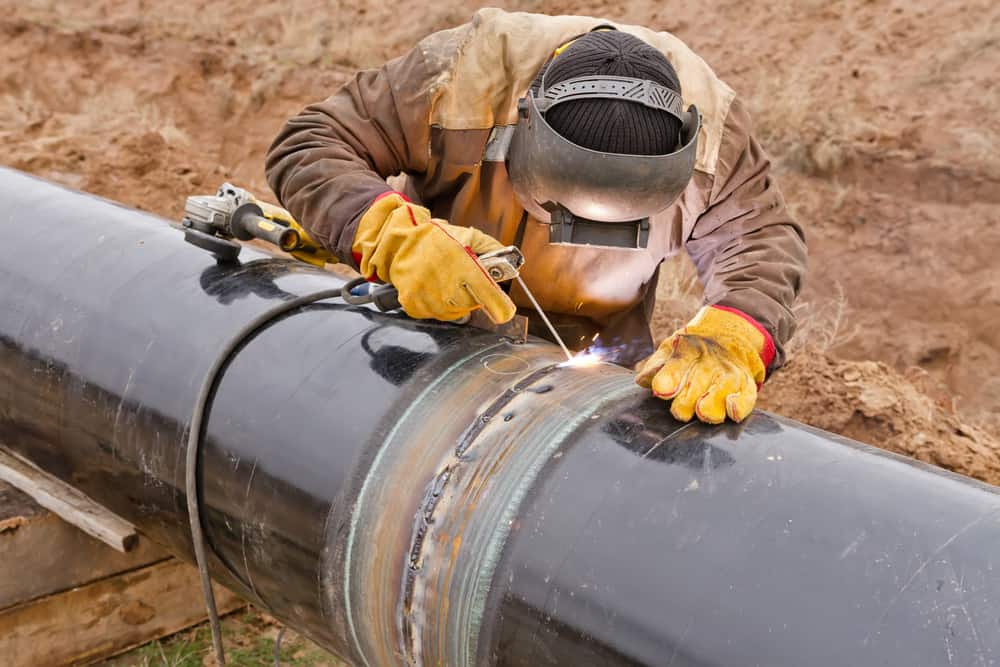Pipeline Weld Inspection: Your Complete Guide to Visual and NDT Inspection Methods
Almost 5,512 pipeline incidents were reported from 2010 to 2018 in the United States alone. This data says a lot about the need for inspection of such crucial infrastructure around the world. Pipeline failure can be extremely damaging; thereby, the risk for human lives, the environment, and damage and repair costs can be massive. Pain points like welds are contributing factors to such failure. To identify such risk areas and foster operational safety, exploration for advanced inspection methods is a must.
Exploring Pipeline Weld Inspection Techniques
Welding of pipelines in either upstream, midstream, or downstream oil and gas operations needs to be of high quality if long-lasting performance is to be expected. Extreme temperature, pressure, and chemical interactions are other reasons why robust welding is desired. But given the challenge associated with the welding of pipelines, i.e., potential weld flaws, difficult weld setup for different pipe sizes, and improper welding around complex geometrical areas, the inspection need becomes imperative.
Over the years, various inspection methods have been implemented by industries to cover a wide range of inspection needs of pipeline welds. Based on their effectiveness, some of these types of inspection techniques are discussed below:
- Destructive testing: Destructive testing focuses on inspecting the integrity of the pipe material itself and that of the welded joint through various tests to examine the metals’ robustness up to its failure point. The detection of point of failure allows technicians to analyze the weld quality and study the impact of load and stress on the joint. The weld certified through destructive testing can be set as the standard for pipeline welding and closely recreated for future operations.
The major drawback of this inspection system is its inability to represent all load conditions during a sample test. The weld sample used is completely destroyed, which increases waste, manufacturing and inspection costs. The test is basically used for certification purposes; thus, the weld quality cannot be accurately assured each time under a different operating environment.
- Visual inspection: Visual inspection is the primary inspection method all technicians go for to make assumptions of the weld quality in pipelines. It is the most uncomplicated and inexpensive method of inspection and an effective one in recognizing any major weld issues as it occurs. Visual inspection can be performed pre-, during, or post-weld, which prevents the flaw from carrying on onto the next phase of the process. The more observable flaws such as cracks, weld splatter, distortion, incomplete fusion, and larger pores can be located easily. To inspect for leaks in pipeline welds, a basic approach is to pressurize the pipeline and use media like soap water that can visualize air escaping in the form of bubbles.
The disadvantage with this inspection method is its inability to capture all minor and underlying flaws in the weld surface. However, it can be used as a way to prevent significant flaws from occurring, reducing the need for extensive nondestructive testing (NDT) analysis.
- Dye penetrant testing: Dye penetrant testing is often considered to be an advanced visual inspection technique. As the visible dye penetrant is applied to the weld surface, any cracks or pinholes not easily identified during visual inspection can be displayed as a contrast in color. Although quick, portable, and suitable for all kinds of geometries, only surface flaws on smooth surfaces can be identified, which can be a problem, especially for critical structures like pipelines.
- Nondestructive testing: Nondestructive testing has been an industry choice due to its effectiveness and ability to inspect pipelines without causing them any damage. Advanced NDT instruments and probes have proved their efficiency in pipeline weld inspection. NDT can facilitate precise identification of all major and minor flaws in the weld surface and sub-surface to give a complete overview of the weld quality. This is supported by the flexibility and portability of advanced NDT instruments, which further provide the benefit of inspection in complex areas, on-site inspection, and real-time inspection, desirable features for pipeline weld inspection.
The major issues concerning destructive and visual inspection are their inability to detect all flaws and discontinuities within the weld, causing a major efficiency problem. The advantage of precision, accuracy, and flexibility that NDT provides is why its favorability over other inspection techniques has been increasing.
Improving Inspection Efficiency with Advancement in NDT
As we discuss the effectiveness of NDT for pipeline weld inspection over other inspection techniques, the question that arises is how does NDT make it possible. Here are some reasons why:
- Complete inspection: With advanced eddy current (EC) and ultrasonic testing (UT) instruments, a wide range of flaws in the weld can be identified. Flexible probes and scanners mean an inspection can be done even in complex geometries such as pipe bends. A complete scanning allows for effective data analysis.
- Portable scanning: With portable NDT solutions, easy and speedy inspection is possible. On-site inspection ability of instruments reduces travel times and time between scans, plus wider coverage from probes increases inspection efficiency. Portability also improves inspection efficiency in low-clearance or difficult to access areas of the pipeline by eliminating the need to create access or be exposed to potential hazards.
- Scalability: With instruments configurable to scale and the ability to combine multiple instruments for highly challenging volumetric inspections, the time taken for complete pipeline weld inspection can be reduced.
- Improved data analysis: Advanced NDT scanners and probes can scan and capture large amounts of data quickly. Faster analysis using advanced instrumentation and software improves communication and reduces inspection downtime. With real-time analysis, it is possible to speed up the process further. The improved A and C-scan display capabilities foster accuracy during flaw detection and characterization.
Pipeline weld inspection is made easier for oil and gas industries with advanced features of NDT instruments, software, scanners and probes. By giving technicians access and coverage for inspection, improved flaw detection, and weld quality analysis can be achieved.
Pipeline Weld Inspection is Made Easy With NDT Solutions
The risk factor involved in oil and gas pipelines and welds is huge, thus requiring accurate inspection technology. With ultrasonic scanning technologies such as the Weld Crawler and ElbowFlex scanner from Zetec, portable and flexible inspection ability can be achieved. In addition, Weld quality ensured through advanced NDT instruments, probes and software can allow oil and gas industries to minimize hazards and needs for repairs and look forward to a more profitable operation.
Zetec specializes in advanced eddy current and ultrasonic testing solutions that can match your pipeline weld inspection needs. Our portable scanners and NDT weld crawlers can help in reducing your inspection downtime and improve productivity. To learn more, contact us today!






